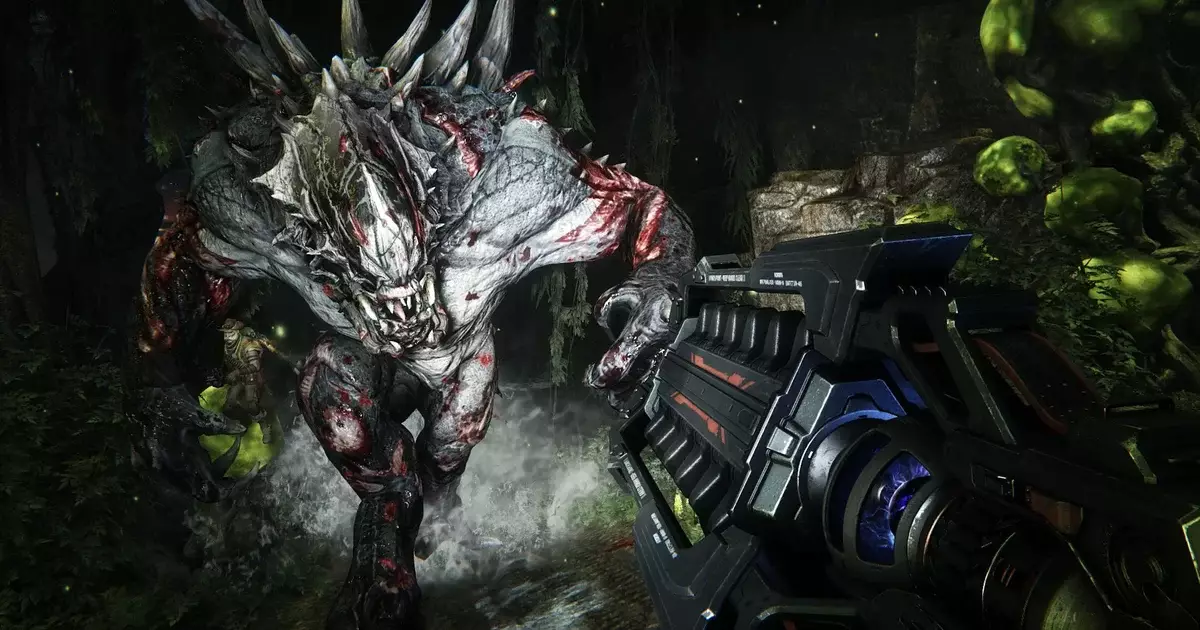Evolve was an ambitious attempt to redefine the asymmetrical multiplayer genre, pitting a formidable predator against coordinated teams of hunters. Its core concept—one monstrous, upgradeable creature versus four specialized humans—held immense promise. The gameplay fostered tense hide-and-seek dynamics, where the beast could warp, leap, and evolve, keeping players on the edge of their seats. Unfortunately, this potential was overshadowed by a flawed progression system and aggressive monetization. A more refined approach—focusing on meaningful progression without endless grind—could have transformed Evolve into a legendary multiplayer experience. Instead, it became a cautionary tale of how business decisions, like microtransactions and DLC, can sabotage creative vision.
The Flaw in the Foundation: Business Models Undermining Innovation
Much of Evolve’s downfall stemmed from its maligned attempt at a live-service model. While the concept of a game evolving with updates is compelling, Evolve’s execution made it feel more like a grind aimed at extracting money than enhancing gameplay. Players faced repetitive tasks, unlocks gated behind paywalls, and a sense that progress was artificially hindered. The delisting in 2018, after several missteps with monetization, sealed its fate. It’s a reminder that innovative gameplay must be supported by fair, player-first business strategies. Otherwise, even the most promising ideas risk abandoned potential, buried under layers of microtransactions and predatory DLC.
The Dream of Evolve 2: A Ghost in the Machine
There’s a bittersweet element to the story—concept art and pre-production plans hint at a version of Evolve that might have corrected course. Turtle Rock’s canceled Evolve 2 reportedly promised more linear missions and diverse locations, including alien asteroid mining facilities reminiscent of sci-fi horror classics. These ideas evoke a darker, more atmospheric tone, potentially capturing the claustrophobic dread and creature horror that the original game flirted with but never fully embraced. The designs, emphasizing grotesque insectoid themes and hostile environments, suggest that a revised approach could have delivered a more cohesive, terrifying experience.
Imagining a Renovated Future for the Franchise
The existence of early concept art and design proposals reveals that Turtle Rock’s original vision was both robust and innovative. If only these ideas had come to fruition, perhaps Evolve could have matured into a franchise capable of standing alongside genre stalwarts like Dead Space or Aliens. Instead, the studio shifted focus, eventually producing Back 4 Blood—a game mired in its own repetition and grind. The broader lesson remains: bold ideas need nurturing and patience, not just business models that prioritize short-term profits. It’s a loss for fans who craved a sophisticated, creature-centric multiplayer horror that could have pushed boundaries further.
The Bigger Picture: What We Can Learn From Evolve’s Sad End
Evolve embodies the tension between inventive game design and corporate interests. Its story underscores the importance of supporting developers who dare to innovate, rather than rushing projects into monetized service models that diminish creative integrity. The potential seen in the canceled Evolve 2 illustrates a server of ideas waiting to be realized—concepts that could have elevated the franchise from a niche disappointment to a cult classic. As the industry stains itself with the scars of mismanaged live service games, Evolve’s ghost persists as a blueprint of what might have been, serving as a rallying cry for developers and players alike to prioritize quality, innovation, and fairness over quick monetization.

